2012
A LEGEND.
That’s the only way to describe the Ray Hurley-trained Whyso Mayo following the former Cheltenham Festival winner’s tenacious success at the ripe old age of 15 in the Fernhill House Hotel and Gardens Clonakilty open lightweight at owner Mrs Kathleen O’Driscoll’s local Bandon meeting.
On an afternoon with just six races, the 2006 Cheltenham Foxhunter winner always travelled sweetly in this six-runner contest for Mikey O’Connor, as Mayo Calling forced the pace. Three Out, the latter was being closely pressed when coming to grief, and the eventual winner went for his race soon after.
Whyso May (3/1) appeared to have a battle on his hands when last season’s Cheltenham Foxhunter-third, Oscar Delta, moved past on the run to the last. The veteran touched down in front here, and he stayed on stoutly on the flat to contain Jimmy Mangan’s Oscar Delta by half a length. The Tother One, a former useful chaser for Paul Nicholls but now trained by Ted Stanners, returned a further distance adrift in third spot.
Whyso Mayo, not surprisingly, returned to a hero’s reception.
Hurley, in between accepting congratulations, said: “I was praying for good ground today as this horse doesn’t like this soft ground at all. He ran a blinder to finish sixth to Footy Facts at Aghabullogue in January, but his two front heels got cut that day, and that did hold him up a bit then.
“I’m delighted for the owners as we knew he had something left for this season, but I’m not sure on future plans.”
[This proved to be the final victory for Whyso Mayo, who made two further starts. He retired having won six chases, up to the age of 14, and a dozen point-to-points.
The best runner sired by Kasmayo, his grandam was a half-sister to the Galway Plate and the Drogheda Chase at Punchestown winner Shining Flame]
Dorothy Paget’s great day
1932
TUESDAY was a great day in the life of Miss Dorothy Paget, Lord Queenborough’s daughter who inherited a million or two in sterling of the Whitney fortune through her mother, a daughter of William C Whitney who won the Derby with Volykovski.
She won the two big events of the day, the Cheltenham Gold Cup with Golden Miller, a five-year-old by Goldcourt out of Miller’s Pride, by Wavelot’s Pride, and the Cheltenham Hurdle Challenge Cup with Insurance, by Achtoi and bred in Ireland by Mr E.J. Hope.
The tragedy of the Gold Cup was the exit of the odds-on chance, Grakle, the first favourite for the Grand National.
It was on the second circuit of the course that Kingsford, who was lying second last with Grakle tracking him, hit the fence before the water and came down. Grakle landed alright but he had to swerve and gather himself up to avoid the fallen horse, and in so doing he shot Mr Fawcus out of the saddle.
The horse did nothing wrong, and he was not the worse for the mishap, so his chance at Liverpool is not in any way affected, I should say. It was just bad luck, and it robbed the race of much of its interest and Grakle of his splendid chance of winning.
Inverse had been in front all the way, but at the third from home Golden Miller, who had made one very bad mistake, joined him and raced away from Inverse up the hill to beat him by four lengths.
[Golden Miller went on to become the most successful Cheltenham Gold Cup horse ever, winning the race in five consecutive years between 1932 and 1936. He is the only horse to win both the Cheltenham Gold Cup and the Grand National in the same year, 1934.
The Champion Hurdle in 1932 was contested by just three horses, the smallest field in its history. Insurance went on to win the race again a year later]
Grim prediction for the Grand National
1982
“THIS will be the last Grand National,” was the grim prediction of Aintree’s clerk of the course, John Hughes, at a reception held in Dublin this week to give details of next month’s big Liverpool meeting.
Certainly it will be Ladbrokes’ last National under the current agreement with course owner Bill Davies, one that will have spanned seven years with the bookmaking form as managers.
The signs are ominous as there is a stalemate between Bill Davies and the racing authorities. The owner is looking for £8 million that Hughes describes as “lunatic money”. He will not budge, hoping that he will get planning permission for the site, but apparently there is plenty of land zoned for housing around Liverpool that nobody wants.
Another solution is for the Racecourse Holdings Trust to lease the land, but Davies is looking for £1 million a year, when Ladbrokes have been paying £250,000 and finding it difficult to break even. Even if the racecourse is purchased for a reasonable price, a conservative £3 million will have to be spent on rebuilding.
It looks as if, simply, it is not a financial proposition and, as it heads towards its death, it is heartlessly being sacrificed as a political football by the likes of Clement Freud who, in an effort to get a few lines in the national press, comes up with a scatterbrain idea for its salvation.
[The 1982 Sun Grand National was the 136th running of the race. It was won by the 7/1 favourite Grittar, ridden by amateur Dick Saunders who, at the age of 48, became and remains the oldest jockey to have won the Grand National.
Saunders retired after the race and became chairman of the Aintree stewards. Grittar finished fifth in the following year’s National and 10th in 1984. The horse retired to his owner’s Rutland farm and died at the age of 25.
The race was also notable for being the first in which a female jockey, Geraldine Rees, completed the course. She rode Cheers to be the eighth and last of the finishers]
Briscoe’s day of celebration at Bellinter
2012
IT was very much George Briscoe’s day at Bellinter House on the River Boyne in Co Meath, for a special meet of the Tara Harriers to celebrate his 70th season as joint-master, and his 75th season hosting the opening meet.
It is possibly a record, and if not it is certainly one of the longest periods in office by a joint-master anywhere in the hunting world.
Bellinter House or Baile an tSaoir, meaning the house of the carpenter, has a special significance in the life of George Briscoe. He lived for the greater part of his family life on this magnificent estate that once had surrounding pastureland of 5,000 acres.
The Georgian mansion was built in 1750 and designed by Richard Cassells for John Preston, the grandfather of the first Lord Tara. It consists of 22 rooms and 46 outbuildings, and is just one of a number of stately houses along the River Boyne, with Bective, Balsoon and Rathnally upstream, and Dowstown and Ardsallagh downstream.
The Briscoe family took it over in 1893 and it was sold by George in 1954. Norman Colfer, who auctioned the contents at the time, was at the meet with his wife Ann. George’s sister Stella, the current huntsman Henry Smith’s mother, was also there to celebrate the occasion.
Stella’s husband, the late Lancelot Smith, hunted a number of packs around Ireland, including the Galway Blazers, Wexford, Fingal Harriers and the Island, to name but a few. Her sister Constance sadly passed away last year.
Intertwined
The story of the Tara Harriers is really the story of the Briscoe family, as they are both intertwined. George has had a charmed life of hunting, shooting and fishing. Gussie, his grandfather, died in 1909 and was master from 1895 to 1908. His father, Cecil, was master from 1908 to 1914, but had an accident which ended his hunting days, and subsequently restricted his mobility.
As a result, George had to take over the running of Bellinter Estate in 1939, and from 1942 to date he has been joint-master of the Taras, as well as hunting hounds for 50 seasons. He also served 17 seasons as chairman of the Meath Foxhounds.


 This is a subscriber-only article
This is a subscriber-only article
 It looks like you're browsing in private mode
It looks like you're browsing in private mode




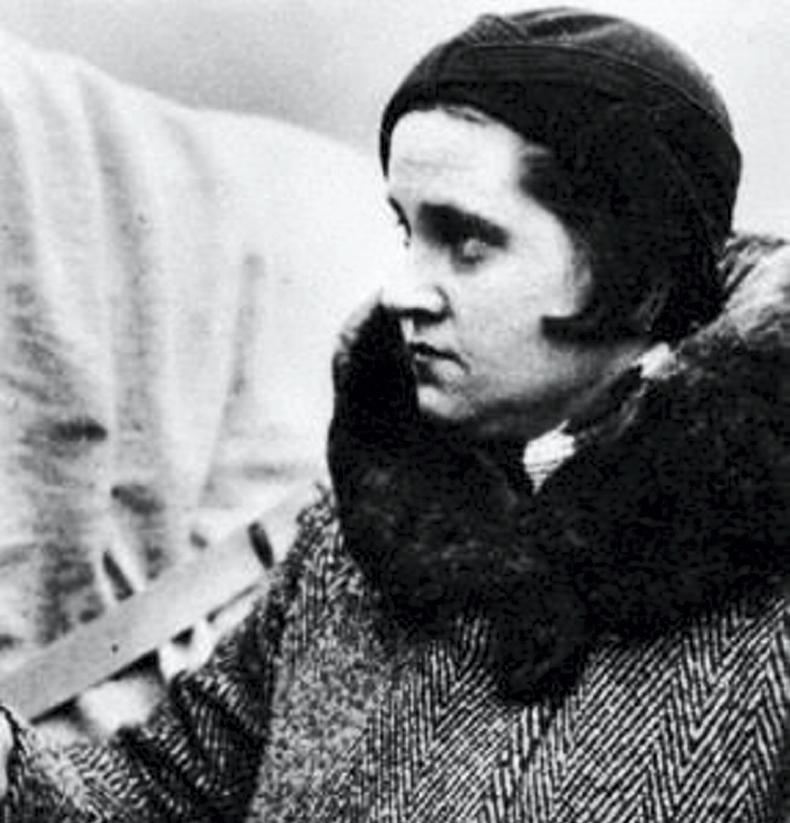
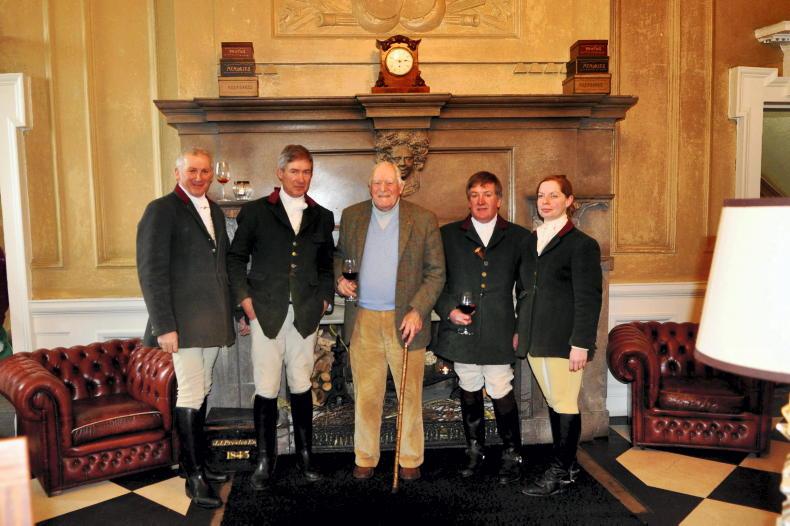

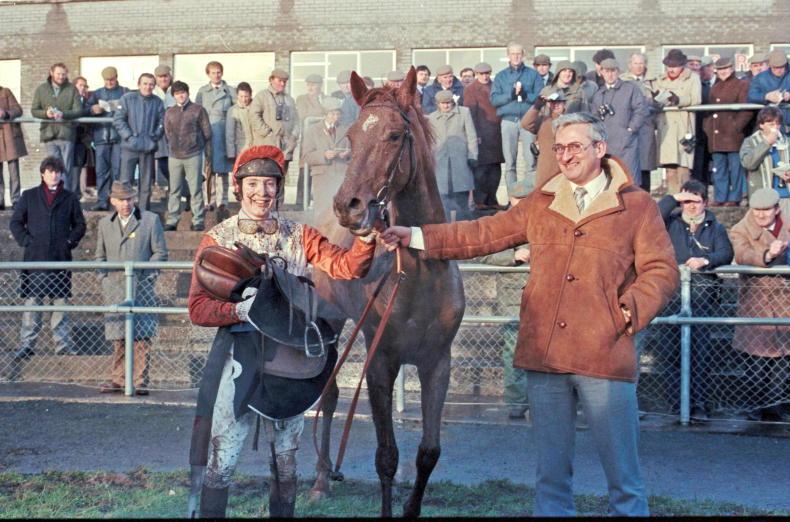


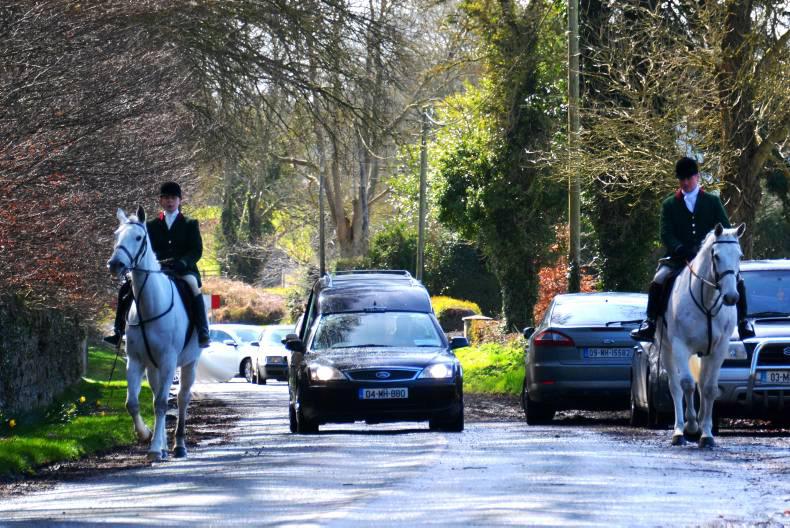
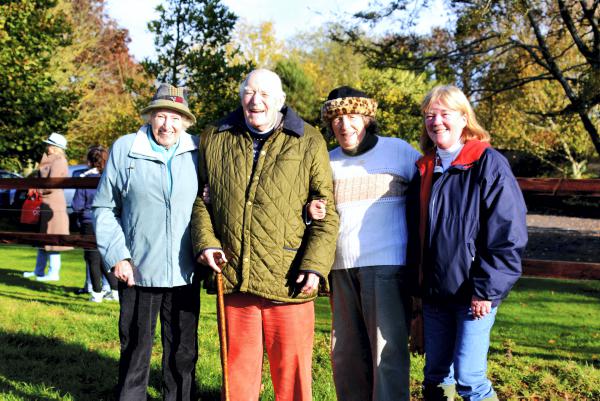
SHARING OPTIONS: